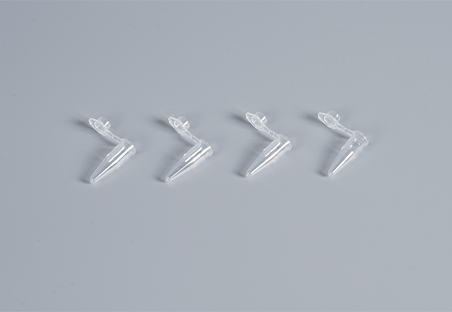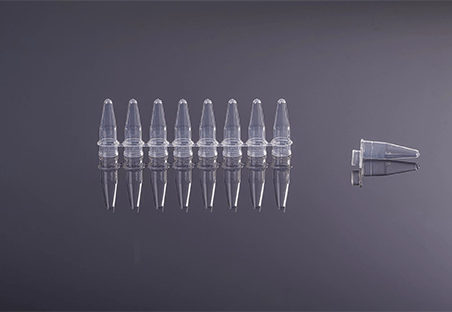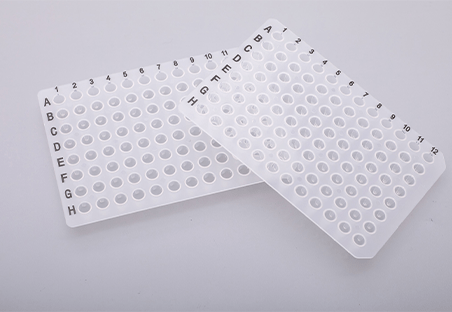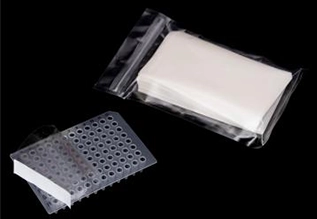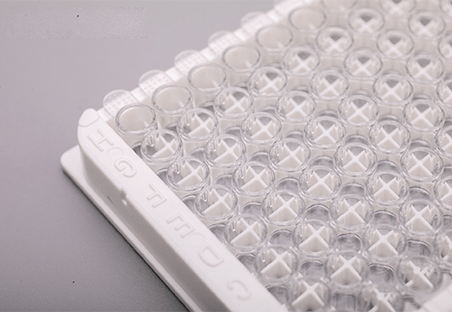One kind of lab plate used in immunoassays to find and measure the presence of particular molecules, like proteins, antibodies, and hormones, is the ELISA microplate. The plates usually consist of plastic and have several tiny wells arranged in a clearly defined structure. A particular molecule that binds to the target of interest is coated in each well. Following the addition of target-containing samples to the wells, the target’s presence and concentration are ascertained by monitoring the signal produced by an additional reagent or labeled antibody. Research, diagnostics, and clinical testing are just a few of the many uses for ELISA microplates—they are sensitive and adaptable instruments. This article aims to be your guide, shedding light on the crucial roles of proper plate preparation, incubation, and washing in achieving the accurate and reliable results your research deserves.
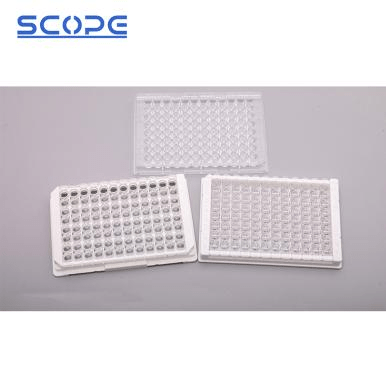
How Do I Prepare ELISA Microplates for My Assay?
Accurate and dependable results from your assay depend on how well your ELISA microplates are prepared. Here’s a step-by-step guide to help you:
1. Plate selection:
- Select the appropriate plate format (e.g., 48-well, 96-well) according to the assay requirements and sample volume.
- Considering your capture molecule and binding properties, take into account the coating material (such as polystyrene or polyvinyl chloride).
2. Coating:
- Passive adsorption: Get your capture molecule diluted and let it sit in the wells for a while. Protocol and molecule determine coating time and temperature.
- Active coating: After adding a coupling agent and activating it in the wells, bind the capture molecule. This approach may be more effective and powerful.
- Blocking: To stop non-specific binding in empty wells after coating, use a blocking buffer (such as bovine serum albumin).
3. Washing:
- Use a wash buffer (such as PBS with Tween-20) to completely clean the plate to get rid of any excess reagents and unbound molecules. It’s essential to wash your clothes properly to reduce background noise.
- Depending on the assay scale and plate format, utilize either an automated or manual washing system.
4. Sample preparation:
- To ensure that your samples fall within the assay’s linear range, dilute them appropriately.
- Evaluate the possible impact of the samples’ matrix and modify the dilution or pre-treatment procedures as necessary.
5. Reagent preparation:
- As directed by the manufacturer, prepare all reagents, making sure to dilute them appropriately and store them in the right conditions.
- For best results, use fresh reagents and steer clear of contamination.
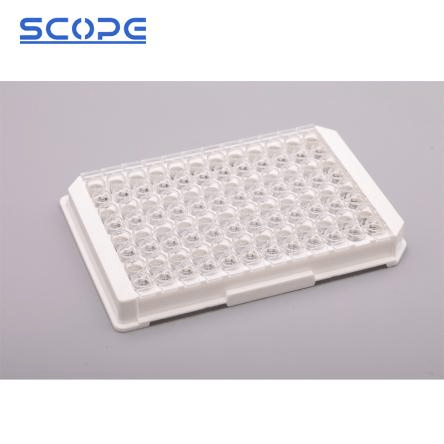
What Are the Optimal Incubation Times and Temperatures for Each Step of the ELISA Protocol?
Unfortunately, there’s no universal answer to this question as optimal incubation times and temperatures for each step of the ELISA protocol depend heavily on several factors:
- Specific Assay: Various ELISAs use different substrates, enzymes, and antibodies to target different molecules. The ideal temperature and binding kinetics of each component vary, affecting the length of time needed for incubation.
- Plate Coating: The ideal binding time depends on the kind of coating molecule (antibody, antigen, etc.) and the coating technique (passive adsorption, active coating).
- Reagent Properties: Antibodies, enzymes, and substrates exhibit varying degrees of stability and activity in different temperatures. To guarantee adequate binding and reaction without jeopardizing reagent integrity, incubation times should be changed.
- Kit Manufacturer Recommendations: The majority of ELISA kits include precise incubation time and temperature guidelines that are tailored to their particular reagents and protocol. Achieving accurate results requires adhering to these recommendations.
- Laboratory Conditions: Humidity and ambient temperature can also slightly affect incubation times. Reliable comparisons require constant incubation conditions throughout the experiment.
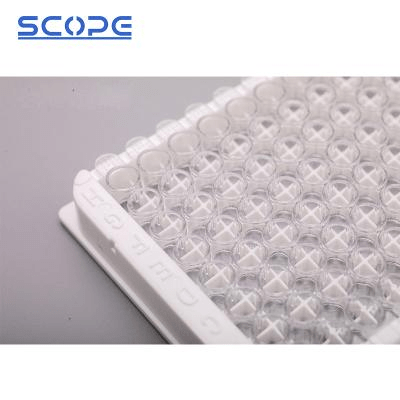
What Are the Best Washing Techniques for ELISA Microplates?
Choosing the best washing technique for your ELISA microplates depends on several factors, including your lab setup, desired efficiency, and the sensitivity of your assay. Here’s a breakdown of the most common approaches and their pros and cons:
Manual Washing:
- Pros: Easy to use and reasonably priced, perfect for small-scale research. makes it possible to examine each well visually.
- Cons: labor-intensive and time-consuming. may be inconsistent and prone to human error, which could cause uneven washing and possibly have an impact on the outcome.
Multichannel Pipetting:
- Pros: Lessens the possibility of well-to-well contamination and is faster than manual washing. For increased throughput, it can be utilized in conjunction with multichannel pipettors.
- Cons: Requires careful pipetting technique to prevent uneven washing and cross-contamination. can be pricey if not found in the laboratory already.
Automated Plate Washers:
- Pros: The most effective and reliable washing technique, particularly for large-scale studies. provides exact control over the temperature, agitation, and volume of the wash buffer.
- Cons: The most costly option, requiring upkeep and specific equipment. Not recommended for sensitive assays or small-scale investigations.
The ideal washing method for your ELISA microplates will ultimately depend on your unique requirements and available resources. For dependable and repeatable results in your experiments, weigh the advantages and disadvantages of each approach, streamline your procedure, and make sure that washing is done consistently.
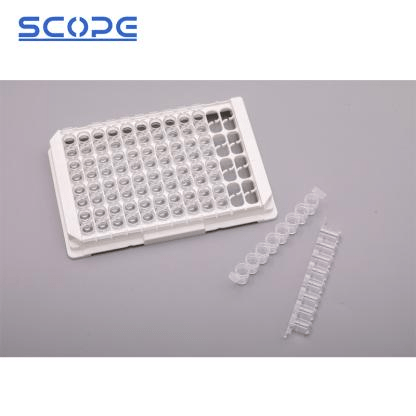
Conclusion
Gaining proficiency in ELISA microplate preparation, incubation, and washing is an investment in the caliber and dependability of your research data, not just a technical ability. It guarantees repeatable outcomes, economical resource use, and sensitive and accurate target molecule detection. With this knowledge, you can conduct thorough and meaningful research that will add significant insights to your field of study. For more information about ELISA microplates or other lab consumables, please contact us.
